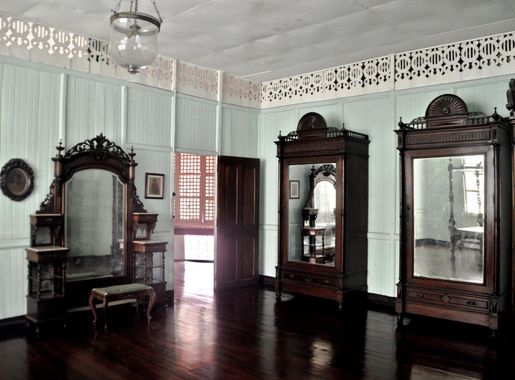
Vigan: A Time Capsule of Filipino Heritage
Explore Vigan, a UNESCO World Heritage Site in the Philippines, where Spanish colonial architecture meets rich cultural traditions and mouth-watering cuisine.
Vigan is a city where history and culture come alive. As you stroll down the cobbled streets of Calle Crisologo, you'll find yourself transported to the Spanish colonial era. Heritage houses, antique shops, and horse-drawn carriages paint a vivid picture of the past, making it a UNESCO World Heritage Site. The city's charm goes beyond its architecture. Vigan's culinary delights, such as empanada and longganisa, offer a taste of its rich cultural mix. At night, the dancing fountain show at Plaza Salcedo provides a modern twist to the historical ambiance. Don't miss a visit to the Vigan Cathedral and the Syquia Mansion Museum to delve deeper into the city's storied past. A short trip to the neighboring Bantay Bell Tower offers both historical insights and panoramic views of Vigan. With its blend of history, culture, and local flavors, Vigan is a must-visit destination for any traveler.
Local tips in Vigan
- Visit Calle Crisologo early in the morning to avoid the crowds and capture stunning photos.
- Wear comfortable shoes for walking on cobblestone streets.
- Try the local empanada and longganisa at the Vigan Public Market.
- Attend the dancing fountain show at Plaza Salcedo for a mesmerizing experience.
- Bring cash as some local shops and eateries may not accept credit cards.
Vigan: A Time Capsule of Filipino Heritage
Vigan is a city where history and culture come alive. As you stroll down the cobbled streets of Calle Crisologo, you'll find yourself transported to the Spanish colonial era. Heritage houses, antique shops, and horse-drawn carriages paint a vivid picture of the past, making it a UNESCO World Heritage Site. The city's charm goes beyond its architecture. Vigan's culinary delights, such as empanada and longganisa, offer a taste of its rich cultural mix. At night, the dancing fountain show at Plaza Salcedo provides a modern twist to the historical ambiance. Don't miss a visit to the Vigan Cathedral and the Syquia Mansion Museum to delve deeper into the city's storied past. A short trip to the neighboring Bantay Bell Tower offers both historical insights and panoramic views of Vigan. With its blend of history, culture, and local flavors, Vigan is a must-visit destination for any traveler.
When is the best time to go to Vigan?
Iconic landmarks you can’t miss
Calle Crisologo
Discover the enchanting Calle Crisologo in Vigan City, a UNESCO World Heritage Site showcasing Spanish colonial architecture and vibrant local culture.
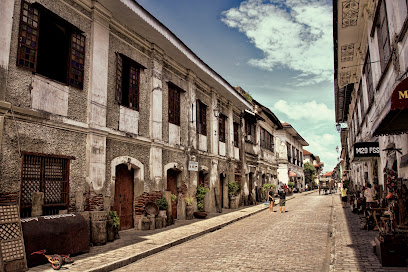
Plaza Salcedo (Luneta Park Musical Dancing Fountain)
Discover the vibrant history and culture at Plaza Salcedo, home to a stunning musical dancing fountain and colonial architecture in Vigan City.
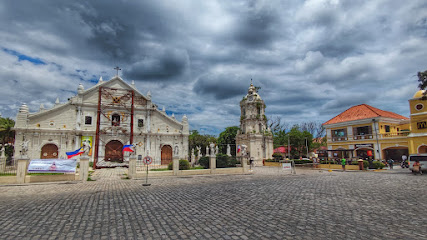
Plaza Burgos
Discover the serene beauty of Plaza Burgos, a historic park in Vigan City, where culture and nature beautifully intertwine.
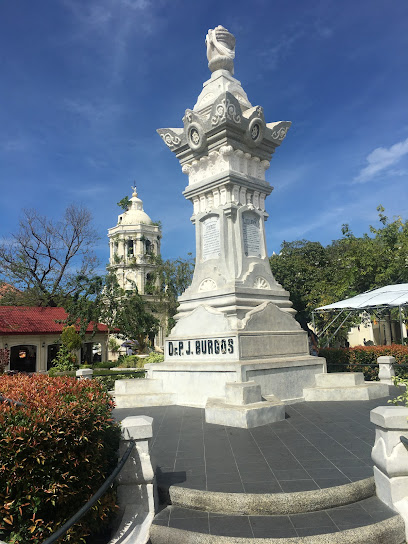
Bantay Bell Tower
Experience the rich heritage and breathtaking views at Bantay Bell Tower, a historic gem in Ilocos Sur, Philippines.
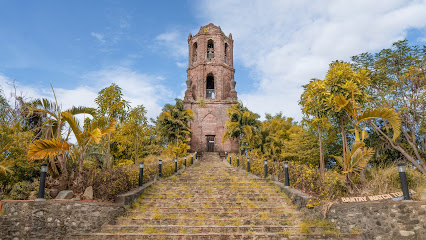
Hidden Garden
Experience authentic Ilocano cuisine surrounded by nature's beauty at the Hidden Garden in Vigan City.
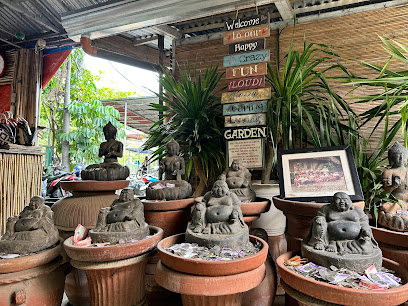
RG Jar Factory
Explore the artistry and tradition of Vigan at RG Jar Factory, a pottery manufacturer showcasing the exquisite craftsmanship of local artisans.
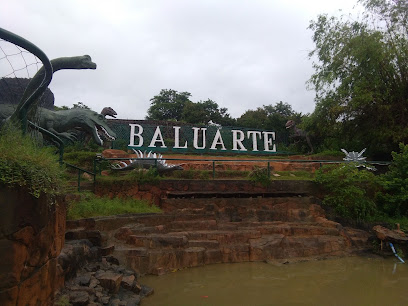
Crisologo Museum
Explore the heritage of Vigan City at Crisologo Museum, where history, culture, and tradition come together in a captivating experience.
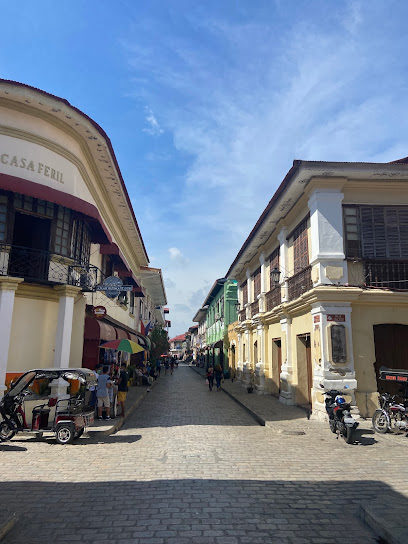
Vigan Heritage Site
Discover the rich cultural heritage of Vigan Heritage Site, a UNESCO World Heritage treasure showcasing Spanish colonial architecture and vibrant local culture.
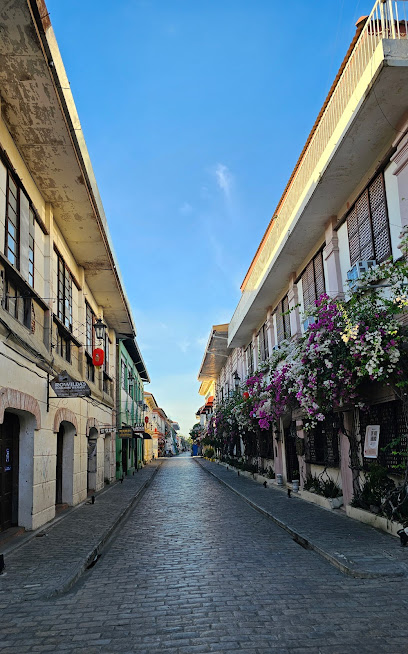
Old Quirino Bridge
Explore the Old Quirino Bridge, a stunning architectural marvel in Santa, Ilocos Sur, offering picturesque views and a glimpse into the rich Ilocano heritage.
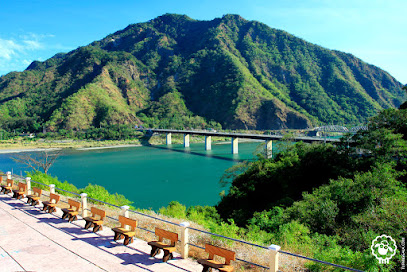
Metropolitan Cathedral of the Conversion of St. Paul the Apostle
Explore the architectural beauty and spiritual essence of the Metropolitan Cathedral of the Conversion of St. Paul the Apostle in Vigan City, a UNESCO World Heritage Site.
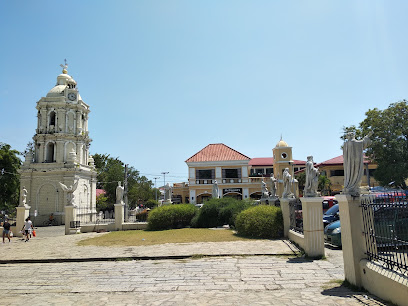
Ciudad Fernandina Hotel
Discover the charm of Vigan City at Ciudad Fernandina Hotel, where comfort meets cultural heritage in the heart of a UNESCO World Heritage Site.

Grandpa’s Inn & Restaurant
Discover the authentic flavors and warm hospitality of Grandpa’s Inn & Restaurant in historic Vigan City, where tradition meets comfort.

Syquia Mansion Museum
Explore the Syquia Mansion Museum in Vigan City, where history and artistic tradition come together in stunning displays of culture and craftsmanship.
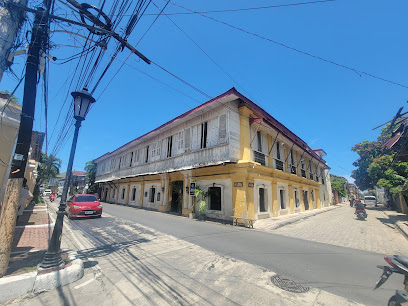
Santa Symbolic Landmark
Experience the historical charm of Santa Symbolic Landmark in Ilocos Sur, a must-visit cultural site that captures the essence of local heritage.

Vigan Traversa Hotel
Experience the charm of Vigan City while enjoying modern comforts at Vigan Traversa Hotel, a perfect base for your historical adventures.
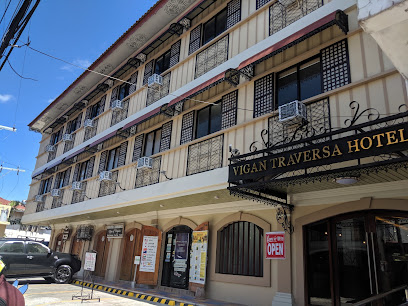
Unmissable attractions to see
Baluarte Resort and Mini Zoo
Explore Baluarte Resort and Mini Zoo, an enchanting destination in Vigan City, where wildlife encounters and beautiful landscapes await every visitor.
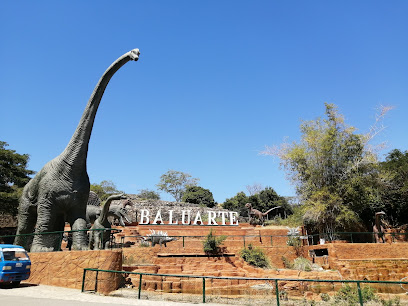
Calle Crisologo
Discover the enchanting Calle Crisologo, a historical gem in Vigan City, showcasing Spanish colonial architecture and vibrant local culture.
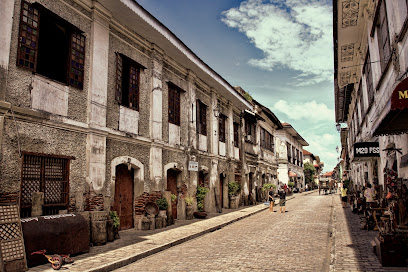
Plaza Salcedo (Luneta Park Musical Dancing Fountain)
Experience the enchanting blend of history and culture at Plaza Salcedo, the heart of Vigan City with its musical dancing fountain.
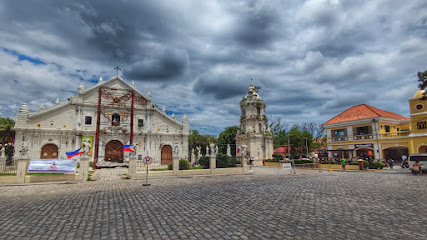
Plaza Burgos
Experience the cultural essence of Vigan City at Plaza Burgos, where history meets nature in a vibrant park setting.

Bantay Bell Tower
Explore the historical Bantay Bell Tower, a symbol of Ilocos Sur's rich heritage and breathtaking views, perfect for tourists seeking culture and beauty.
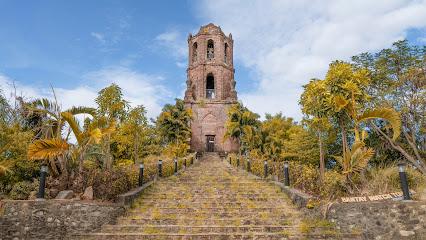
Bantay Bell Tower
Explore the stunning Bantay Bell Tower, a historic symbol of Ilocos Sur, offering breathtaking views and a glimpse into the region's rich heritage.
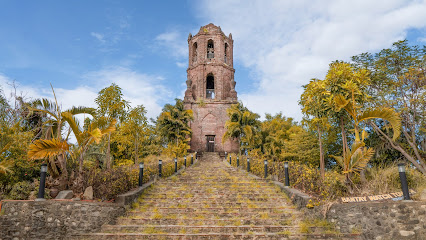
RG Jar Factory
Explore the artistry of RG Jar Factory in Vigan City, where traditional pottery-making meets vibrant culture. A unique experience awaits every visitor!
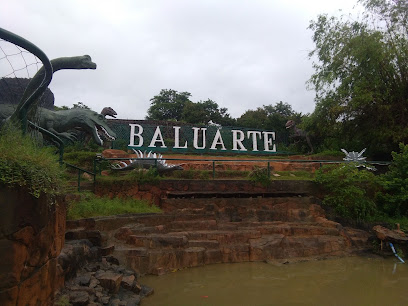
Crisologo Museum
Explore the Crisologo Museum in Vigan City, a cultural treasure showcasing the rich heritage and history of the Philippines through the Crisologo family's legacy.
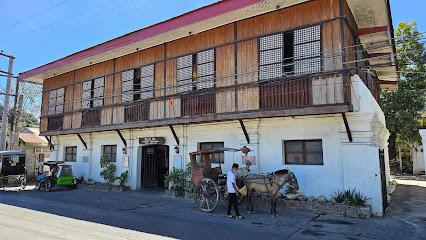
Crisologo Museum
Explore the rich history of the Ilocos region at Crisologo Museum, a cultural gem in Vigan City, showcasing the heritage of the Philippines.
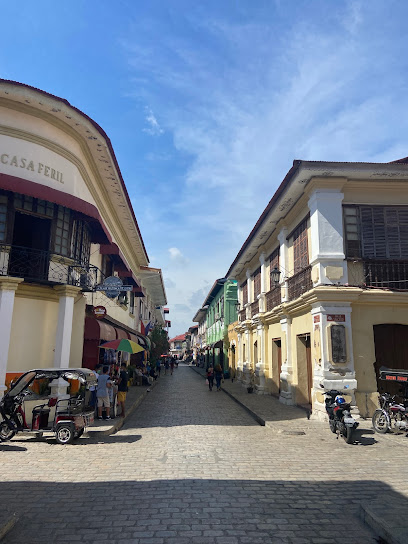
Vigan Heritage Site
Experience the enchanting Vigan Heritage Site where history and culture intertwine amidst beautiful colonial architecture and vibrant local life.
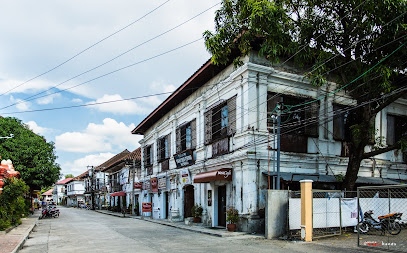
National Museum of the Philippines Ilocos Regional Complex
Explore the treasures of Filipino heritage at the National Museum of the Philippines Ilocos Regional Complex in Vigan City.
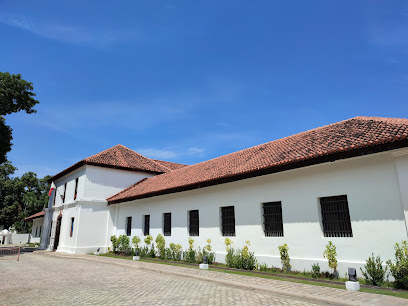
Metropolitan Cathedral of the Conversion of St. Paul the Apostle
Explore the breathtaking Metropolitan Cathedral of Vigan, a testament to the rich history and architectural beauty of the Philippines.
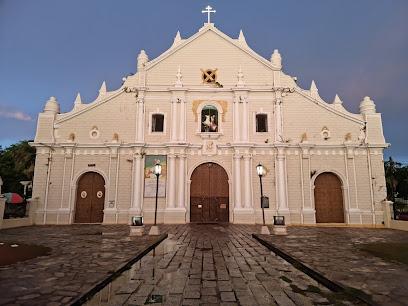
Metropolitan Cathedral of the Conversion of St. Paul the Apostle
Explore the stunning Metropolitan Cathedral of the Conversion of St. Paul the Apostle, a historic gem in Vigan City, showcasing rich Filipino heritage and architecture.
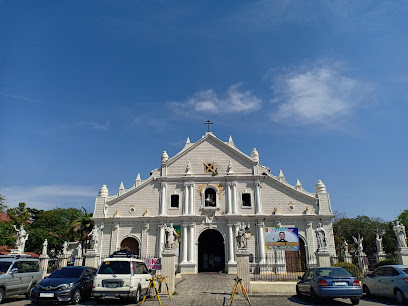
Syquia Mansion Museum
Unveil the artistic handicrafts and historical significance of Syquia Mansion Museum in Vigan City, a cultural gem of the Philippines.
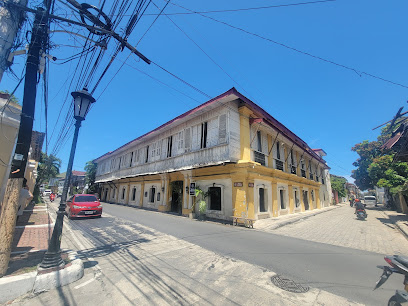
Parish of Saint Augustine of Hippo (Bantay Church)
Explore the rich history and stunning architecture of Bantay Church, a must-visit Catholic landmark in Ilocos Sur, Philippines.
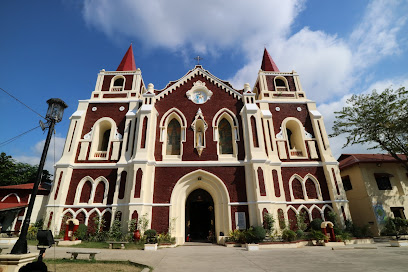
Essential places to dine
Hidden Garden
Experience authentic Ilocano cuisine surrounded by lush gardens at Hidden Garden in Vigan City.
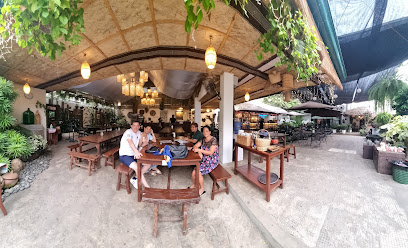
Cafe Leona
Experience authentic Filipino flavors at Café Leona in Vigan City – where culinary tradition meets warm hospitality.
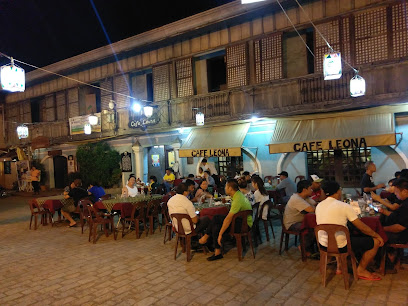
Max's Restaurant
Experience authentic Filipino flavors at Max's Restaurant in Vigan City, where every dish tells a story steeped in tradition.

Casa Jardin Empanada & Okoy
Discover authentic Filipino flavors at Casa Jardin Empanada & Okoy in historic Vigan City - a culinary journey you won't forget.
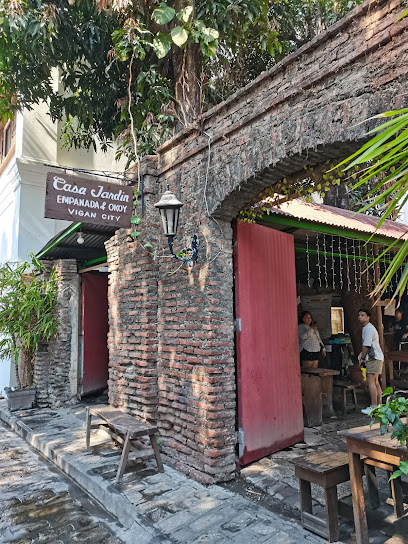
Irene's Vigan Empanada - Crisologo
Discover the authentic taste of Ilocos with every bite at Irene's Vigan Empanada - a culinary gem in Vigan City.

1995 Studio Cafe
Discover delicious local cuisine at 1995 Studio Cafe in Vigan City – where tradition meets taste in every bite.
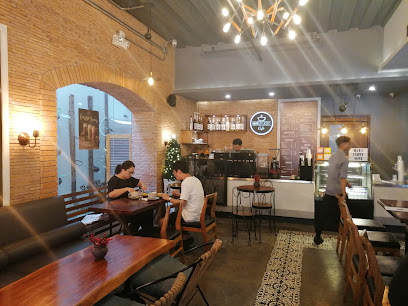
Six Bros. Bar and Grill
Discover the rich culinary heritage at Six Bros. Bar and Grill in Vigan City – where local flavors meet global cuisine.
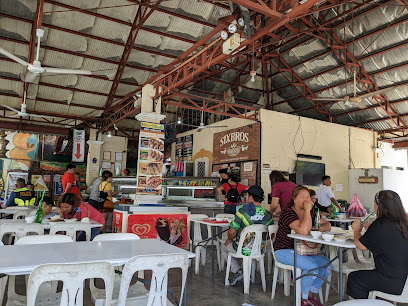
BarTech
Experience authentic Ilocano cuisine at BarTech in Vigan City - where local flavors meet vibrant atmosphere.
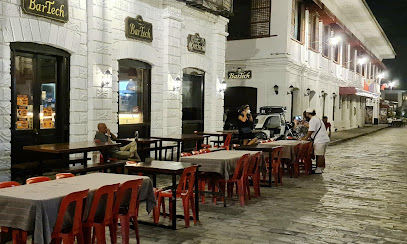
First Sinanglaoan
Experience authentic Ilocos cuisine at First Sinanglaoan in Vigan City - where tradition meets flavor in every dish.
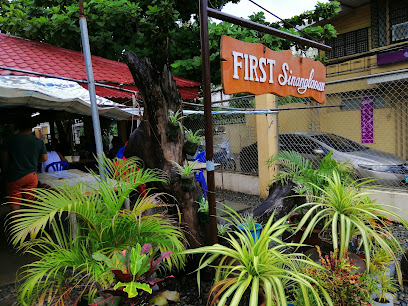
Gaizel’s Carinderia
Discover authentic Filipino flavors at Gaizel's Carinderia in Vigan City—an unforgettable dining experience rich in local heritage.
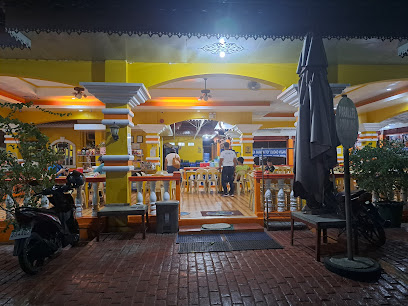
Cafe Bigaa
Discover authentic Ilocano cuisine at Café Bigaa in Vigan City – where tradition meets taste amidst historical charm.
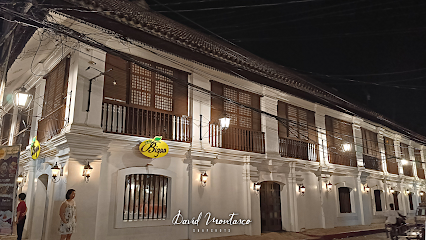
Angkong Seafood Restaurant
Discover the best seafood dining experience at Angkong Seafood Restaurant in Vigan City - where tradition meets flavor.

Seafood Island
Experience authentic Filipino seafood delights at Seafood Island in Vigan City—where tradition meets taste in every dish.
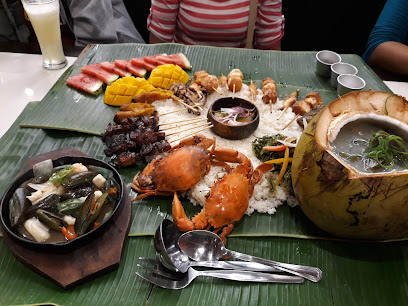
PANGANAN KEN IHAWAN TOY CIUDAD TI VIGAN
Savor the authentic taste of Filipino cuisine at Panganan Ken Ihawan Toy Ciudad ti Vigan – where tradition meets flavor in every bite.
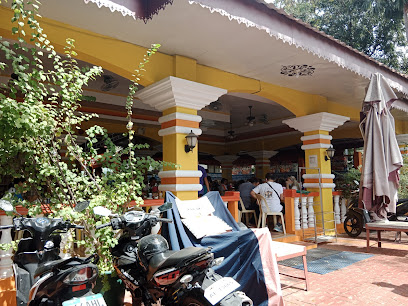
Sanitary Restaurant Branch 1
Discover authentic Ilocano cuisine at Sanitary Restaurant Branch 1 in Vigan City – where taste meets tradition.
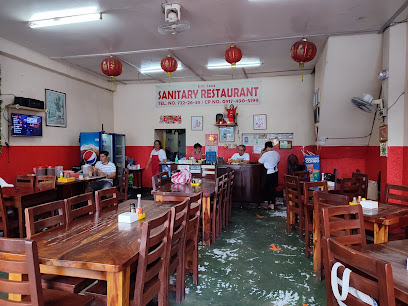
Markets, malls and hidden boutiques
Mart One Vigan
Discover a unique shopping experience at Mart One Vigan, where local culture meets contemporary retail in the heart of Ilocos Sur.
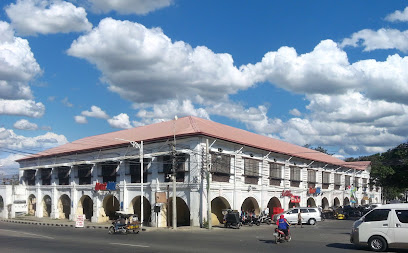
Lindas Department Store
Discover local treasures and unique finds at Lindas Department Store in Vigan City, a shopper's paradise steeped in Filipino culture.
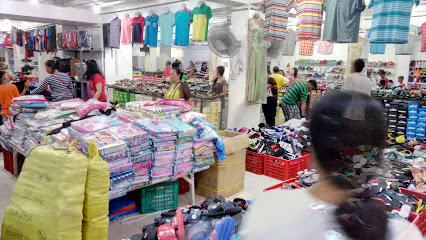
Watsons Plaza Maestro Vigan (Click & Collect)
Explore Watsons Plaza Maestro Vigan for a delightful selection of health and beauty products amidst the city's rich history.

Island Souvenirs
Explore the authentic spirit of the Philippines at Island Souvenirs in Vigan City, where unique crafts and local artistry await.
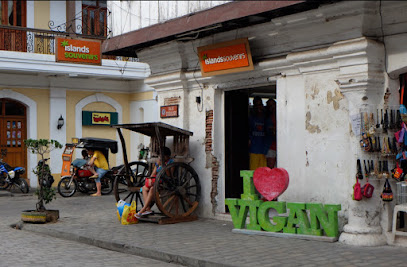
National Book Store - Vigan
Explore the rich literary culture of Vigan at National Book Store, your go-to destination for books and school supplies in the heart of the city.
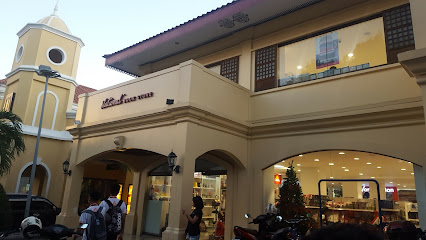
Tienda Verda Souvenir Shop
Explore unique handmade crafts and authentic souvenirs at Tienda Verda Souvenir Shop in Vigan City, capturing the essence of Filipino culture.
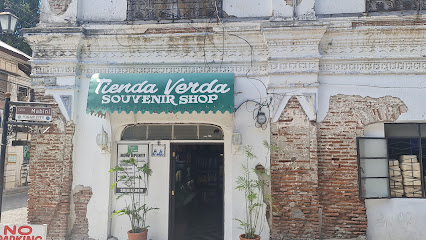
K•Ave Korean Mart Vigan
Experience authentic Korean flavors and ingredients at K•Ave Korean Mart in Vigan, a must-visit for culinary enthusiasts and tourists alike.
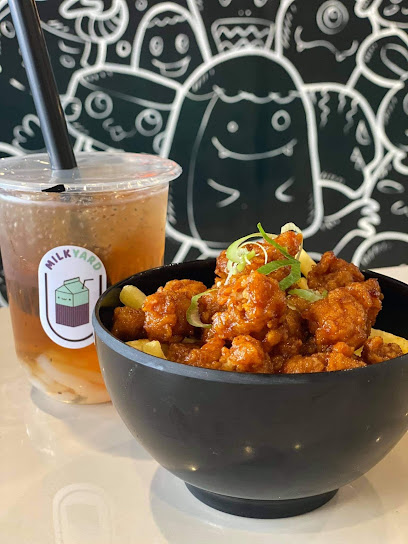
Casa Rica Souvenirs
Explore Casa Rica Souvenirs in Vigan City for authentic local crafts that embody the rich heritage of Ilocos Sur.

Lucy's Antique Shop
Explore the rich heritage of the Philippines through unique antiques at Lucy's Antique Shop in Vigan City, a haven for history enthusiasts and souvenir seekers.
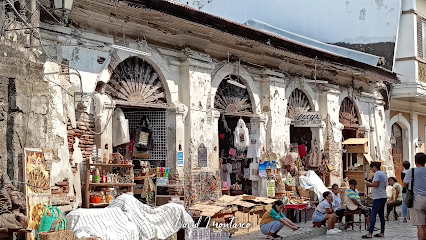
Watsons Puregold Vigan (Click & Collect)
Discover an extensive range of health and beauty products at Watsons Puregold Vigan, your ultimate shopping destination in the heart of the city.
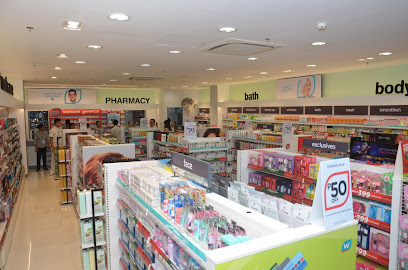
Vigan Vaporium Vape Shop
Explore Vigan Vaporium, where modern vaping meets the historic charm of Vigan City, offering diverse products and a friendly atmosphere.
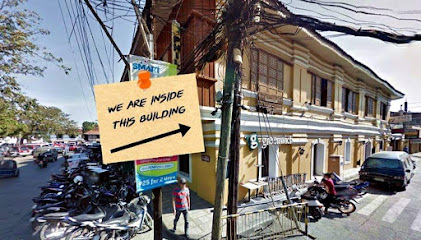
Lash Up Souvenir Shop
Discover authentic Ilocano crafts and unique souvenirs at Lash Up Souvenir Shop in Vigan City - a must-visit for every traveler.

FIT ME Specialty Shop
Explore unique local crafts and stylish apparel at FIT ME Specialty Shop, a boutique that embodies the spirit of Vigan City and its rich heritage.
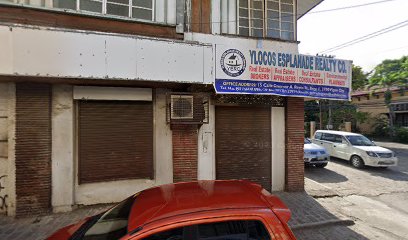
1429 Furniture And Souvenir Shop
Explore the charm of Vigan City at 1429 Furniture and Souvenir Shop, where local craftsmanship meets cultural heritage.
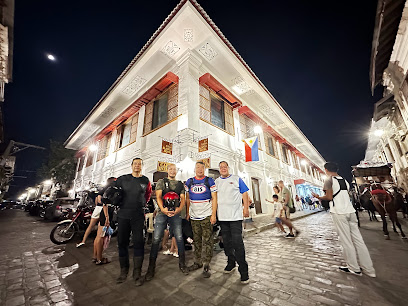
Expressions Stationery Shop, Inc. - Mart One - Vigan
Discover unique stationery and novelty items at Expressions Stationery Shop in Vigan, where creativity meets cultural heritage.
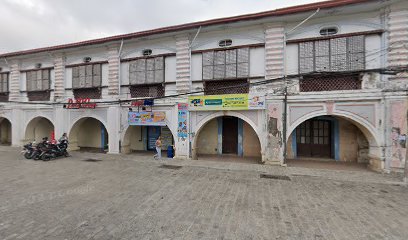
Essential bars & hidden hideouts
Hidden Garden
Discover the Hidden Garden in Vigan, where lush nature meets delicious Ilocano cuisine in a serene and picturesque setting.
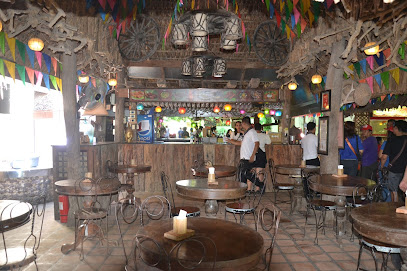
1995 Studio Cafe
Experience the flavors of Vigan at 1995 Studio Cafe, a culinary gem offering a blend of traditional and contemporary dishes in a charming setting.
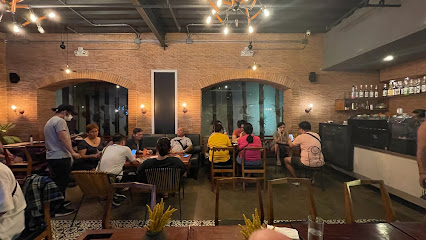
Six Bros. Bar and Grill
Explore the taste of Vigan at Six Bros. Bar and Grill, where local flavors meet a warm and inviting atmosphere for an unforgettable dining experience.
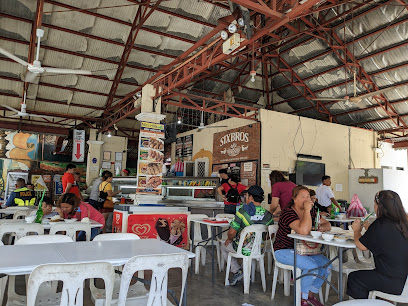
BarTech
Experience the rich flavors of Vigan at BarTech, where tradition meets modern dining in a vibrant atmosphere.
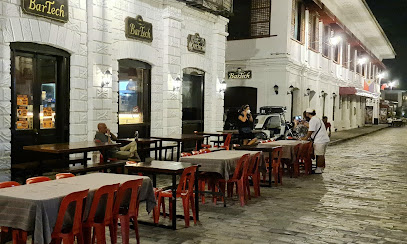
8.88 Restaurant & KTV Bar
Dive into the vibrant nightlife of Vigan City at 8.88 Restaurant & KTV Bar, where delicious food and karaoke fun await you!
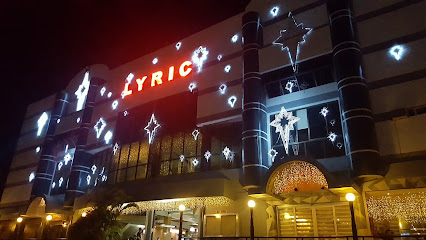
Cafe Bigaa
Discover authentic Filipino cuisine at Cafe Bigaa, a charming restaurant in Vigan City that celebrates local flavors and rich cultural heritage.

Cantina Mercante
Discover the vibrant flavors of Cantina Mercante in Vigan City, where fusion cuisine meets a lively bar atmosphere for an unforgettable experience.
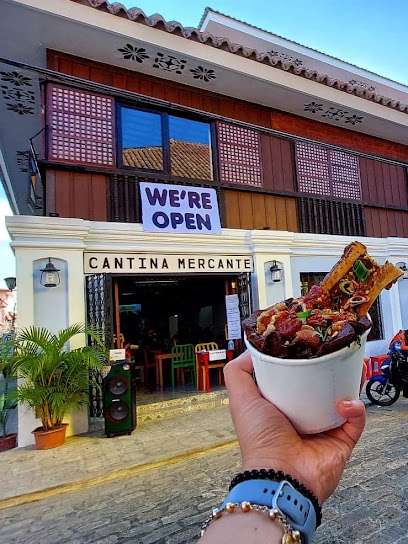
Casa Vicente Restaurant
Discover the authentic flavors of Filipino cuisine at Casa Vicente Restaurant in Vigan City, where tradition meets taste in a charming setting.
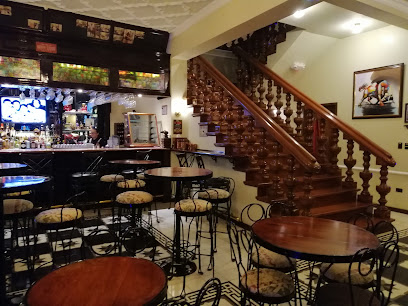
Lyric Bar
Discover the vibrant nightlife at Lyric Bar in Vigan City, where local culture meets delicious drinks in a welcoming atmosphere.
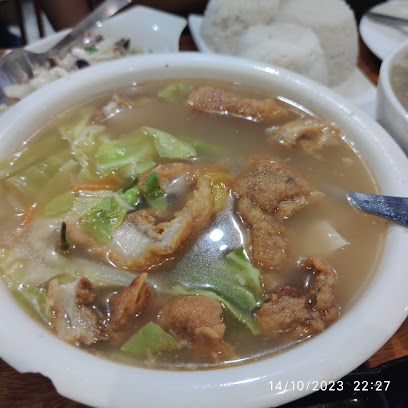
Trelli's Resto Bar
Experience the flavors of Ilocos Sur at Trelli's Resto Bar, a vibrant dining spot in the heart of Vigan City, offering local delicacies in a welcoming atmosphere.
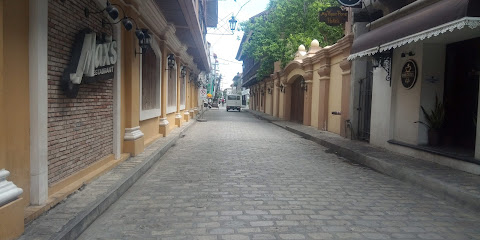
Heritage Sky Bar
Experience breathtaking views and vibrant atmosphere at the Heritage Sky Bar in Vigan City, a perfect retreat for tourists seeking relaxation and local flavors.
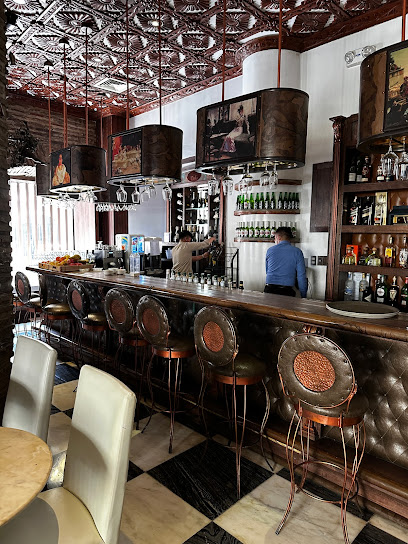
Chula Saloon Bar
Experience the vibrant nightlife at Chula Saloon Bar in Vigan City, where local culture meets refreshing drinks in a welcoming atmosphere.
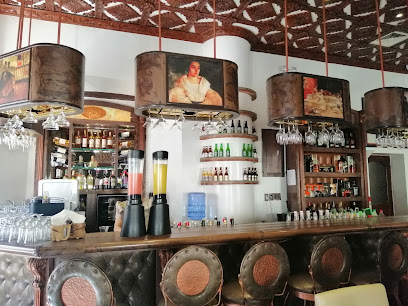
The Hungry Bar Vigan
Experience the perfect blend of local taste and fast food convenience at The Hungry Bar in Vigan City, where every meal is a delightful adventure.
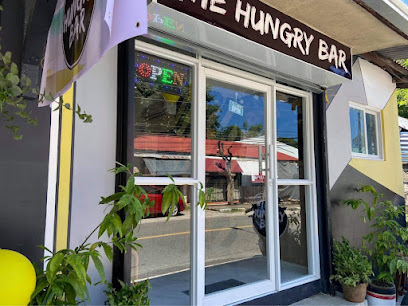
Celedonio Bar and Grill
Experience the vibrant flavors of Vigan City at Celedonio Bar and Grill, where local cuisine meets a lively atmosphere.

Smokes Bar & Grill
Discover the flavors of Vigan City at Smokes Bar & Grill, where authentic Filipino grilled dishes meet a cozy atmosphere.
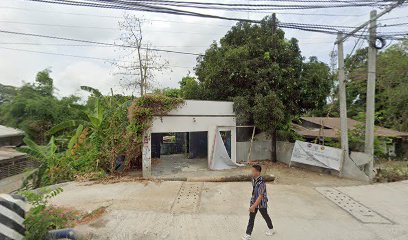
Local Phrases
-
- HelloKamusta
[ka-mus-ta] - GoodbyePaalam
[pa-a-lam] - YesOo
[o-o] - NoHindi
[hin-di] - Please/You're welcomeMangyari po
[man-gya-ri po] - Thank youSalamat
[sa-la-mat] - Excuse me/SorryPasensya
[pa-sen-sya] - How are you?Kamusta ka?
[ka-mus-ta ka] - Fine. And you?Mabuti. Ikaw?
[ma-bu-ti. i-kaw] - Do you speak English?Nagsasalita ka ba ng Ingles?
[nag-sa-sa-li-ta ka ba ng in-gles] - I don't understandHindi ko maintindihan
[hin-di ko main-tin-di-han]
- HelloKamusta
-
- I'd like to see the menu, pleaseGusto ko sanang makita ang menu, pakiusap
[gus-to ko sa-nang ma-ki-ta ang me-nu, pa-ki-u-sap] - I don't eat meatHindi ako kumakain ng karne
[hin-di a-ko ku-ma-ka-in ng kar-ne] - Cheers!Tagay!
[ta-gay] - I would like to pay, pleaseGusto ko sanang magbayad, pakiusap
[gus-to ko sa-nang mag-ba-yad, pa-ki-u-sap]
- I'd like to see the menu, pleaseGusto ko sanang makita ang menu, pakiusap
-
- Help!Tulong!
[tu-long] - Go away!Lumayo ka!
[lu-ma-yo ka] - Call the Police!Tumawag ka ng Pulis!
[tu-ma-wag ka ng pu-lis] - Call a doctor!Tumawag ka ng doktor!
[tu-ma-wag ka ng dok-tor] - I'm lostNawawala ako
[na-wa-wa-la a-ko] - I'm illSakit ako
[sa-kit a-ko]
- Help!Tulong!
-
- I'd like to buy...Gusto ko sanang bumili ng...
[gus-to ko sa-nang bu-mi-li ng] - I'm just lookingNagmamasid lang ako
[nag-ma-ma-sid lang a-ko] - How much is it?Magkano ito?
[mag-ka-no i-to] - That's too expensiveMahal masyado iyon
[ma-hal ma-sya-do i-yon] - Can you lower the price?Pwede bang babaan ang presyo?
[pu-we-de bang ba-ba-an ang pres-yo]
- I'd like to buy...Gusto ko sanang bumili ng...
-
- What time is it?Anong oras na?
[a-nong o-ras na] - It's one o'clockAlas-una na
[a-las-u-na na] - Half past (10)Alas-diyes y medya
[a-las-di-yes y med-ya] - MorningUmaga
[u-ma-ga] - AfternoonHapon
[ha-pon] - EveningGabi
[ga-bi] - YesterdayKahapon
[ka-ha-pon] - TodayNgayon
[nga-yon] - TomorrowBukas
[bu-kas] - 1Isa
[i-sa] - 2Dalawa
[da-la-wa] - 3Tatlo
[tat-lo] - 4Apat
[a-pat] - 5Lima
[li-ma] - 6Anim
[a-nim] - 7Pito
[pi-to] - 8Walo
[wa-lo] - 9Siyam
[si-yam] - 10Sampu
[sam-pu]
- What time is it?Anong oras na?
-
- Where's a/the...?Nasaan ang...
[na-sa-an ang] - What's the address?Ano ang address?
[a-no ang ad-dres] - Can you show me (on the map)?Pwede mo ba akong ipakita (sa mapa)?
[pu-we-de mo ba a-kong i-pa-ki-ta sa ma-pa] - When's the next (bus)?Kailan ang susunod na (bus)?
[ka-i-lan ang su-su-nod na bus] - A ticket (to ....)Isang tiket (papuntang ...)
[i-sang ti-ket pa-pun-tang]
- Where's a/the...?Nasaan ang...
History of Vigan
-
Before the arrival of the Spanish, Vigan was a thriving coastal trading post. It was inhabited by the Tingguians and Ilocanos who engaged in trade with Chinese, Japanese, and other Southeast Asian merchants. The local culture was rich with animistic beliefs and indigenous practices.
-
In 1572, Spanish conquistador Juan de Salcedo arrived in Vigan. He named the city 'Villa Fernandina' in honor of King Philip II’s son. The Spanish established a colonial government, built churches, and introduced Catholicism, which led to the construction of Vigan’s famous colonial architecture.
-
During the 17th and 18th centuries, Vigan became an important port in the Manila-Acapulco galleon trade. Chinese merchants settled in Vigan, contributing to its cultural and economic growth. The city’s Mestizo District, where Spanish and Chinese cultures merged, became a hub of commerce.
-
The Basi Revolt was a major insurrection by local Ilocano wine-makers against the Spanish colonial government’s monopoly on basi, a traditional sugarcane wine. The revolt was violently suppressed, but it remains a significant event in Vigan’s history, symbolizing resistance against colonial oppression.
-
Vigan played a role during the Philippine Revolution against Spain in 1896 and later during the Philippine-American War. Notable revolutionary leaders like General Artemio Ricarte operated in the area. After the defeat of Spanish forces, the city came under American control in 1899.
-
Vigan was occupied by Japanese forces during World War II. The city experienced hardship and resistance movements, including guerrilla activities. After the war, Vigan was liberated by Allied forces, and the city began to rebuild.
-
In 1999, Vigan was declared a UNESCO World Heritage Site for its well-preserved Spanish colonial and Asian architecture. The city is noted for its cobblestone streets, ancestral houses, and unique fusion of cultural influences, making it a living museum of history and culture.
Vigan Essentials
-
Vigan is located in the province of Ilocos Sur on the island of Luzon in the Philippines. The nearest major airport is Laoag International Airport, around 80 kilometers away. From Laoag, you can take a bus, van, or taxi to Vigan, which typically takes about 1.5 to 2 hours. Alternatively, you can fly into Manila's Ninoy Aquino International Airport and take a bus or rent a car for the approximately 8-hour drive to Vigan. There are several bus companies that operate routes from Manila to Vigan, including Partas, Dominion, and Viron Transit.
-
Vigan is a compact city, and many of its attractions are within walking distance. For longer trips, local transportation options include tricycles, calesas (horse-drawn carriages), and jeepneys. Tricycles and calesas are ideal for short distances and city tours, while jeepneys are commonly used for traveling to nearby municipalities. Renting a bicycle is also a popular option for exploring the city at your own pace.
-
The official currency in the Philippines is the Philippine Peso (PHP). Credit cards are accepted in most hotels, restaurants, and larger shops in Vigan, but it is advisable to carry cash for smaller establishments and markets. ATMs are available in the city, but be sure to notify your bank of your travel plans to avoid any issues with card usage. Currency exchange services are available at banks and authorized money changers.
-
Vigan is generally considered a safe destination for tourists. However, it is always important to take standard precautions. Avoid walking alone at night in unfamiliar areas, and keep an eye on your belongings in crowded places, such as markets and public transportation hubs. While Vigan does not have specific high-crime areas targeting tourists, it is best to stay vigilant and aware of your surroundings.
-
In case of emergency, dial 911 for immediate assistance. The local police station and medical facilities, including Gabriela Silang General Hospital, are available in Vigan. It is recommended to have travel insurance that covers medical emergencies. For minor health issues, there are several pharmacies in the city where you can purchase over-the-counter medications.
-
Fashion: Do dress modestly, especially when visiting religious sites. Avoid wearing revealing clothing. Religion: Do respect local customs and traditions. Always cover your head when entering churches and other religious sites. Public Transport: Do be respectful and give up your seat to elderly passengers. Don’t eat or drink on public transport. Greetings: Do greet people with a smile and a slight bow or a handshake. Use 'po' and 'opo' as a sign of respect when addressing elders. Eating & Drinking: Do try local delicacies and accept food offerings graciously. Don’t refuse hospitality, as it is considered impolite.
-
To experience Vigan like a local, visit the Vigan Public Market early in the morning for fresh produce and local specialties. Engage with the locals, as they are often friendly and willing to share stories about the city's history and culture. Don’t miss walking down Calle Crisologo, a well-preserved Spanish-era street, particularly beautiful in the early morning or late afternoon. For a unique experience, try riding a calesa around the city or taking a pottery class at Pagburnayan Jar Factory to learn traditional pottery-making techniques.
Trending Landmark in Vigan
-
Calle Crisologo
-
Plaza Salcedo (Luneta Park Musical Dancing Fountain)
-
Plaza Burgos
-
Bantay Bell Tower
-
Hidden Garden
-
RG Jar Factory
-
Crisologo Museum
-
Vigan Heritage Site
-
Old Quirino Bridge
-
Metropolitan Cathedral of the Conversion of St. Paul the Apostle
-
Ciudad Fernandina Hotel
-
Grandpa’s Inn & Restaurant
-
Syquia Mansion Museum
-
Santa Symbolic Landmark
-
Vigan Traversa Hotel
Nearby Cities to Vigan
-
Things To Do in Ilocos Norte
-
Things To Do in Sagada
-
Things To Do in Baguio
-
Things To Do in Angeles City
-
Things To Do in Subic
-
Things To Do in Manila
-
Things To Do in Batanes
-
Things To Do in Tagaytay
-
Things To Do in Legazpi
-
Things To Do in Boracay
-
Things To Do in Puerto Princesa
-
Things To Do in Cebu City
-
Things To Do in Palawan
-
Things To Do in Bohol
-
Things To Do in Camiguin




